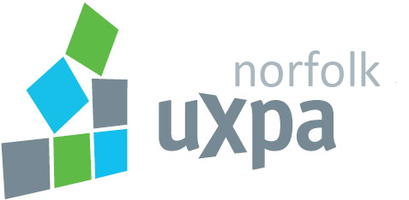Join us for the 2006 Marketing & Membership Symposium, an exclusive learning and networking opportunity for association, marketing and membership professionals. This two-day conference is designed for experienced professionals looking to explore marketing, membership and sales topics with their colleagues. Stretch your thinking by examining new strategies and practical applications that will help market products and services, enhance member recruitment and retention and drive business success.
To be held Monday-Tuesday, June 26-27, 2006 at the Marriott Bethesda North Hotel & Conference Center. Nonmember attendance rate includes a one-year ASAE & The Center for Association Leadership membership.
The Why & How of Building a Great Staff Culture for Your Organization’s Success
Associations constantly search for new ways to increase passion and loyalty among their stakeholders. This interactive and engaging session explores the vital connection between passionate staff and stakeholders. The session will provide you a sustainable process for maximizing your staff's talents toward organizational success. The panelists will offer their experience, ideas, and examples of their programs to implement in your association. Learn how to harness your most valuable "human" resource's knowledge and experience and put it to work!
Our panel includes Yours Truly (yes, ME!) and....
Matt Baehr, PHR
Director of Membership
InfoComm International
703-273-7200 x 3080
mjbaehr@infocomm.org
Christopher D. Bailey
Director of Membership
http://www.acrnet.org/
the Alchemy of Soulful Work blog:
baileyworkplay.com/soulfulwork
chris@baileyworkplay.com
Phone 703-431-0948

Some great and very timely topics will be:
BUZZMARKETING: What’s Word of Mouth Have to Do with an IMC (Integrated Marketing Communication)?
LOST: Your Search and Rescue Guide to Membership Retention Loyalty Programs
MAVERICK MARKETING: How to Stand Out from the Herd, Get Better Results and Wrangle More Members Your Way
MARKETING & MAXIMIZING YOUR INVESTMENT: A Behavioral Systems Approach
How Sucessful is Your Organization’s Membership Eco-System?
ASAE & The Center for Association Leadership's Town Hall Meeting
GENERATIONAL DIFFERENCES: So What? Attracting and creating Value across Generations: What Works Today?
LEADERSHIP LAB: Giving Gen-X a Seat at the Table
STUDENTS: The Next Generation of Leaders
THE NEW MEMBER VALUE EQUATION: Creating and Delivering Value for Association Products and Services
TRACKING & EVALUATION MARKETING ROI: What Works?
THE "UN-SESSION": How to Invest in the Attention Economy
WORD OF MOUTH MARKETING: What it Means to You



 The following is from an article by Kate Muldoon in
The following is from an article by Kate Muldoon in 



















